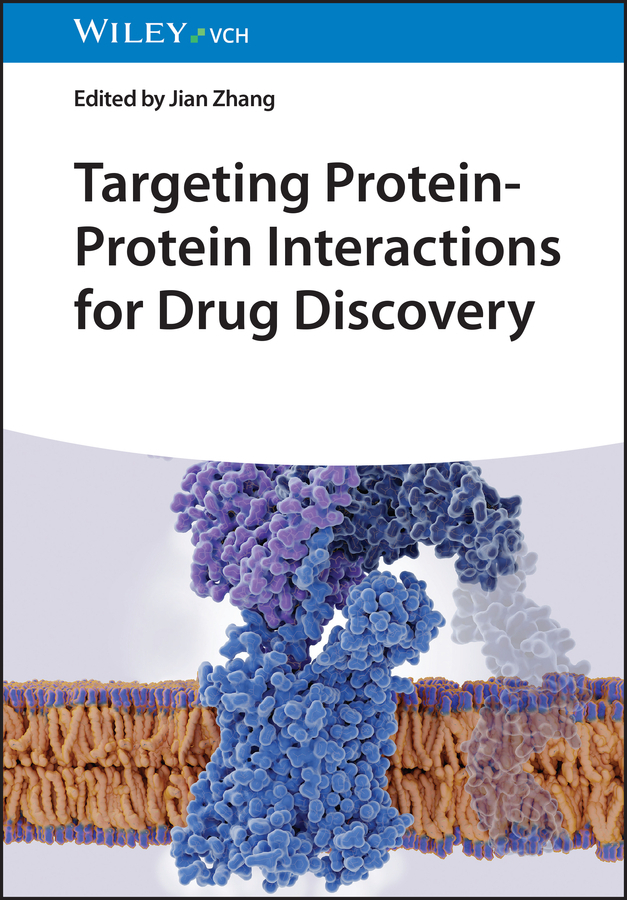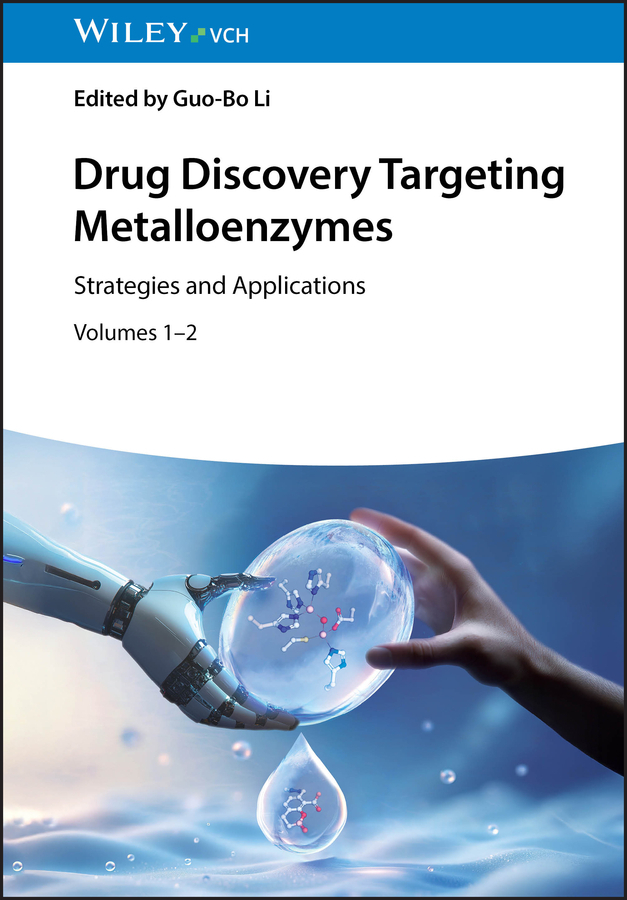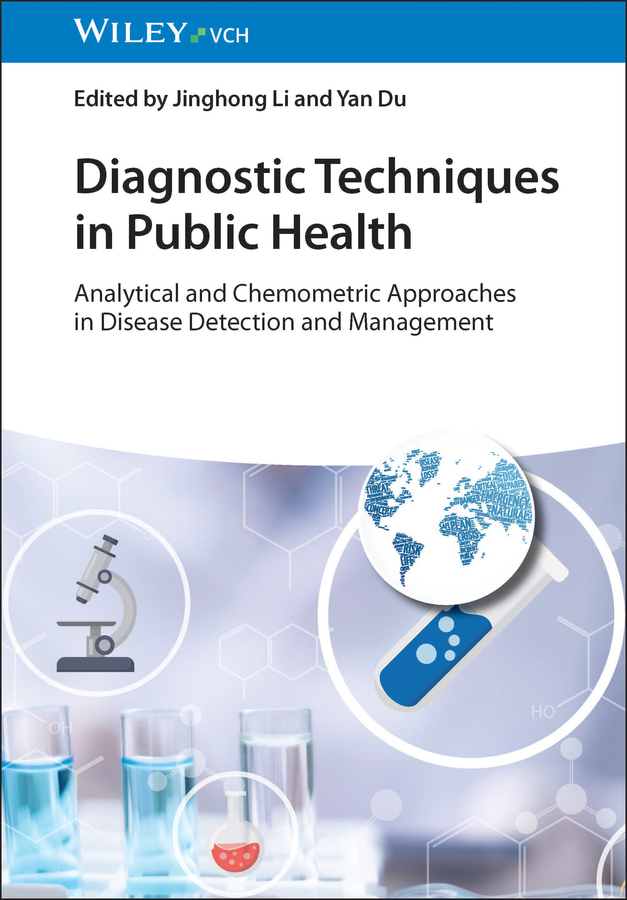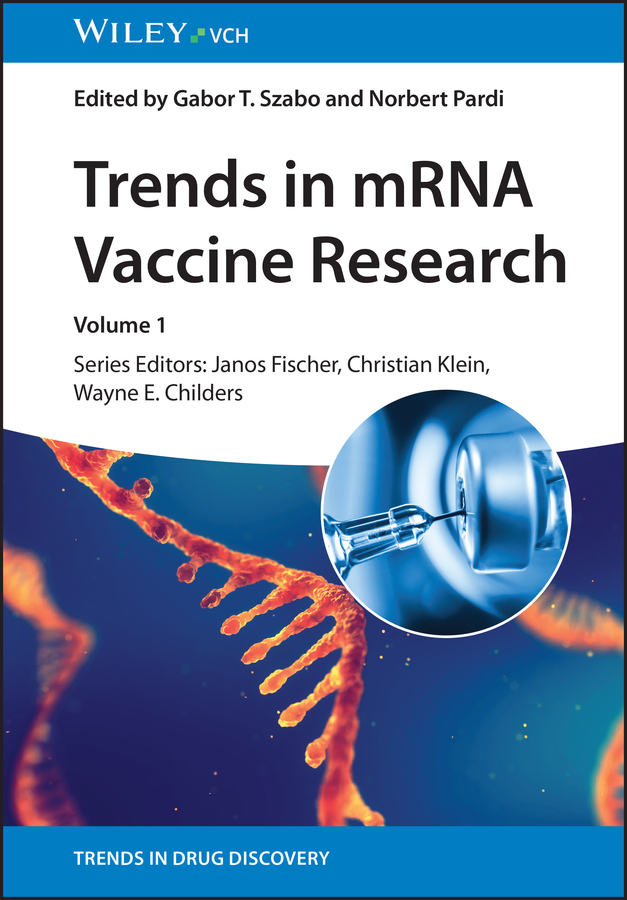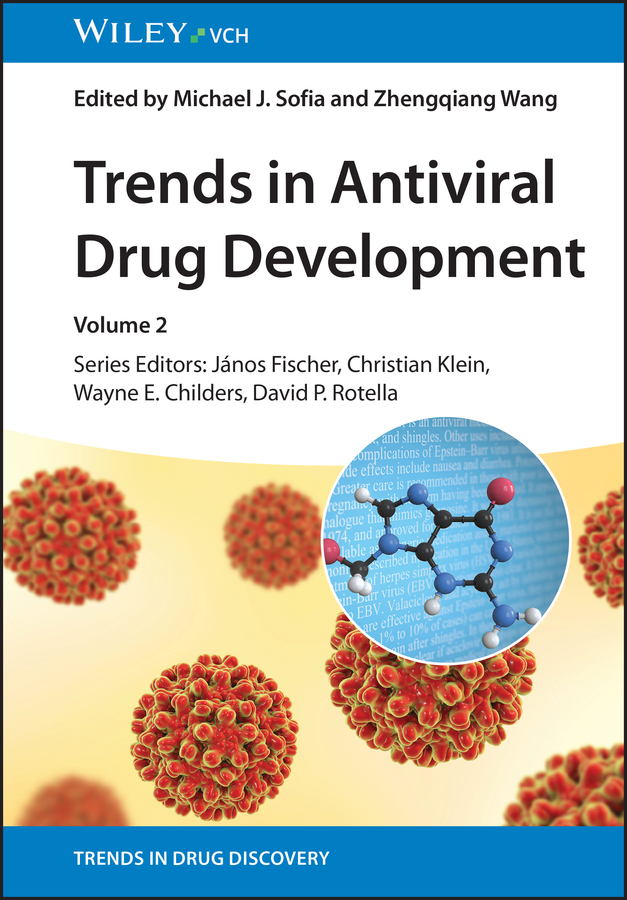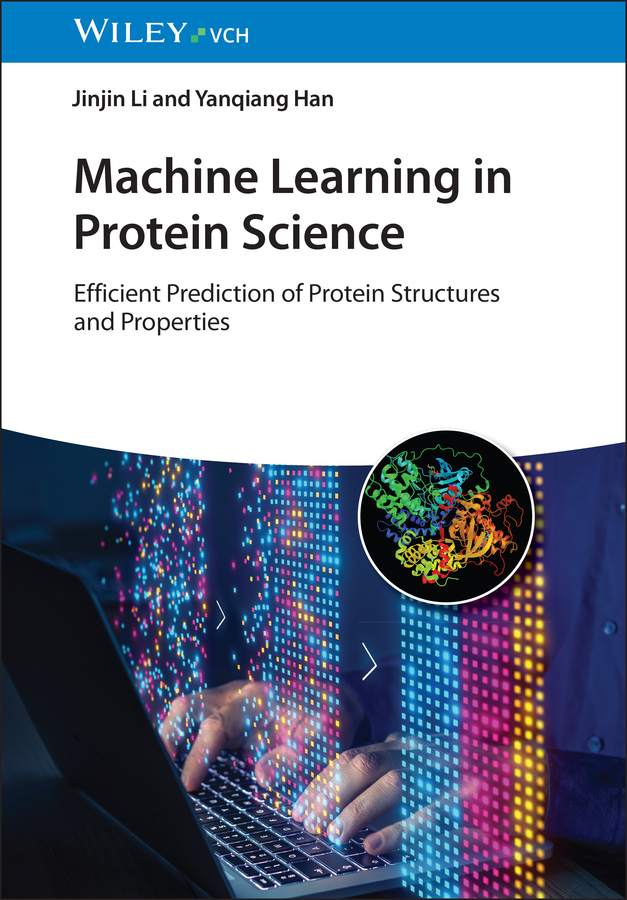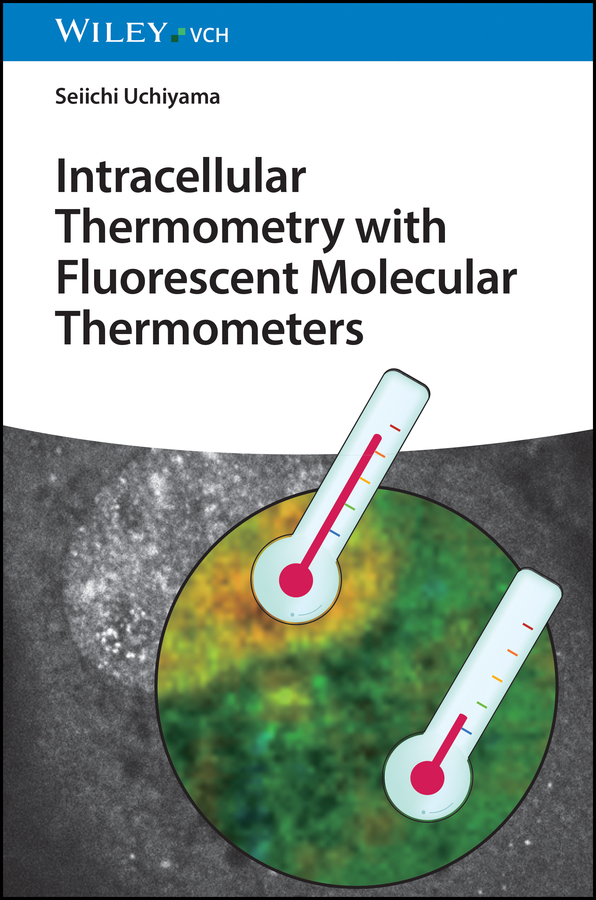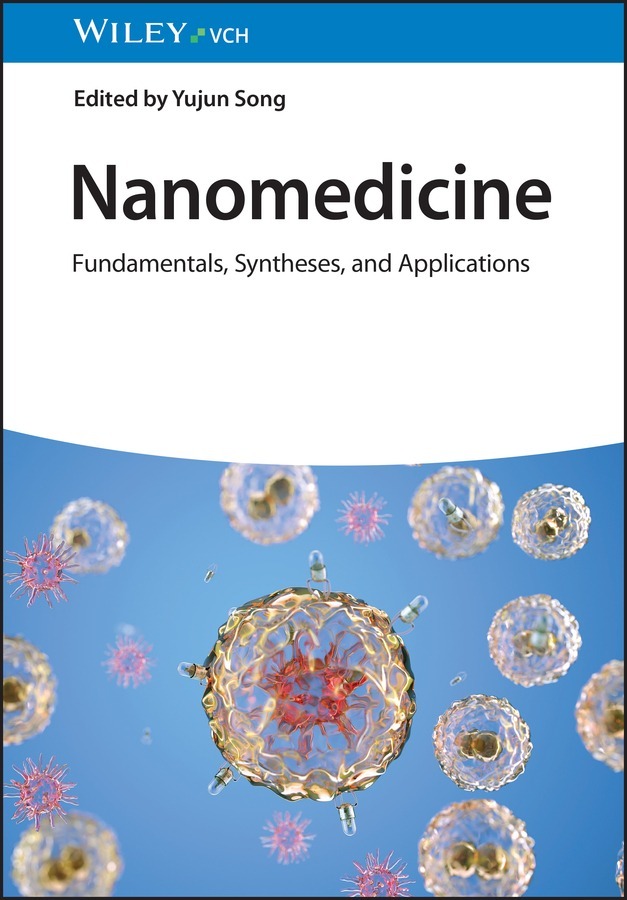Targeting Protein-Protein Interactions for Drug Discovery
Provides comprehensive up-to-date information on current topics in protein-protein interaction drug discovery.
Chapter 1: Exploring Protein-Protein Interactions: Concepts, Methods, and Implications
Chapter 1: Exploring Protein-Protein Interactions: Concepts, Methods, and Implications
1.1 General concepts of protein-protein interactions
1.2 Functional significance of protein-protein interactions
1.3 Methods for analyzing protein-protein interactions
1.4 Implications of the basic research on protein-protein interactions
1.5 Conclusions and perspectives
Chapter 2: Overview of drug discovery targeting PPI systems
2.1 Introduction
2.2 Fundamentals of Protein-Protein Interactions
2.3 Challenges in Targeting PPI Systems
2.4 Approaches in Drug Discovery Targeting PPI Systems
2.5 Case Studies and Success Stories
2.6 Conclusion
Chapter 3: Fluorescence Resonance Energy Transfer Technology and its Applications
3.1 Introduction
3.2 Mechanism of FRET
3.3 Applications of FRET
3.4 Advantages and Limitations
3.5 Recent Advances
3.6 Conclusion
Chapter 4: Dissect Protein Interactions Using Mass Spectrometry
4.1 Introduction
4.2 Affinity purification coupled with mass spectrometry (AP-MS)
4.3 Proximity labeling
4.4 Cross-linking mass spectrometry (XL-MS)
4.5 Co-fractionation coupled with mass spectrometry (CF-MS)
4.6 Thermal proximity coaggregation (TPCA)
4.7 Limited proteolysis?mass spectrometry (LiP?MS)
4.8 Conclusion and outlook
Chapter 5: Detection of protein-protein interactions in situ via proximity ligation assay
5.1 Introduction
5.2 Implementations of proximity ligation assay
5.3 Applications of PLA for detecting protein-protein interactions
5.4 Conclusions and outlooks
Chapter 6: The Application of Surface Plasmon Resonance in the Characterization of Protein-Protein Interactions
6.1 Introduction
6.2. Applications of SPR assay in PPI Characterization
6.3. Advantages and Limitations of SPR Application for PPIs
6.4. Future Directions
Chapter 7: Computational methods for protein-protein interactions
7.1. Introduction
7.2. Protein-protein docking
7.3. End-to-end structure prediction
7.4. CAPRI experiments
7.5. Challenges and Future directions
Chapter 8: Foldamers as Inhibitors of Aberrant Protein-Protein Interactions
8.1 Introduction
8.2 The Evolution of Hamilton?s Oligopyridylamides
8.3 Limitations of a Tedious Synthetic Route
8.4 OPs as Antagonists of Neurodegeneration
8.5 OPs Inhibit HIV Infection
8.6 OPs Targeting Type II Diabetes
8.7 OPs Targeting and Reactivating Mutant Protein in Cancer
8.8 Novel Synthesis of OPs and Alzheimer?s Disease
8.9 2D-FAST
8.10 OQ Foldamers - Structure and Discovery
8.11 Synthesis of OQ Foldamers
8.12 OQs as Modulators of Type II Diabetes-Related aPPIs
8.13 Mechanistic Insights to OQ Manipulation of aPPIs
8.14 Chemical Diversity and Structure Modulate Efficacy of Oqs
8.15 Modulation of Alzheimer?s Disease-Related Aß
8.16 OQs for the Modulation of Synucleinopathies
8.17 Epilogue
Chapter 9: Application of Sulfonyl-¿-AApeptides for PPI Drug Discovery
9.1 Introduction to the Structure of Sulfonyl-¿-AA-peptides
9.2 The Applications of Sulfonyl-¿-AA-peptides
9.3 Future Directions/Conclusions
Chapter 10: Introduction of the Application of Stapled Peptides in Protein-Protein Interactions Drug Discovery and their Successful Examples
10.1. Introduction
10.2. Stapled Peptides: Structure Features and Benefits
10.3. Successful Applications of Stapled Peptides in Drug Discovery
10.4. Challenges and Limitations
10.5. Future Directions
Chapter 11: Cyclic peptides for PPI drug discovery
11.1. a-helix cyclic peptides (stapled peptides)
11.2. ß-hairpin cyclic peptides
11.3. Macrocyclic peptides
11.4. Summary and outlook
Chapter 12: Small molecule inhibitors targeting protein-protein interactions in the BCL protein
12.1 Intro
Zhang, Jian
| ISBN | 9783527353606 |
|---|---|
| Artikelnummer | 9783527353606 |
| Medientyp | Buch |
| Auflage | 1. Auflage |
| Copyrightjahr | 2025 |
| Verlag | Wiley-VCH |
| Umfang | 432 Seiten |
| Abbildungen | 24 Farbabb., 11 Tabellen |

